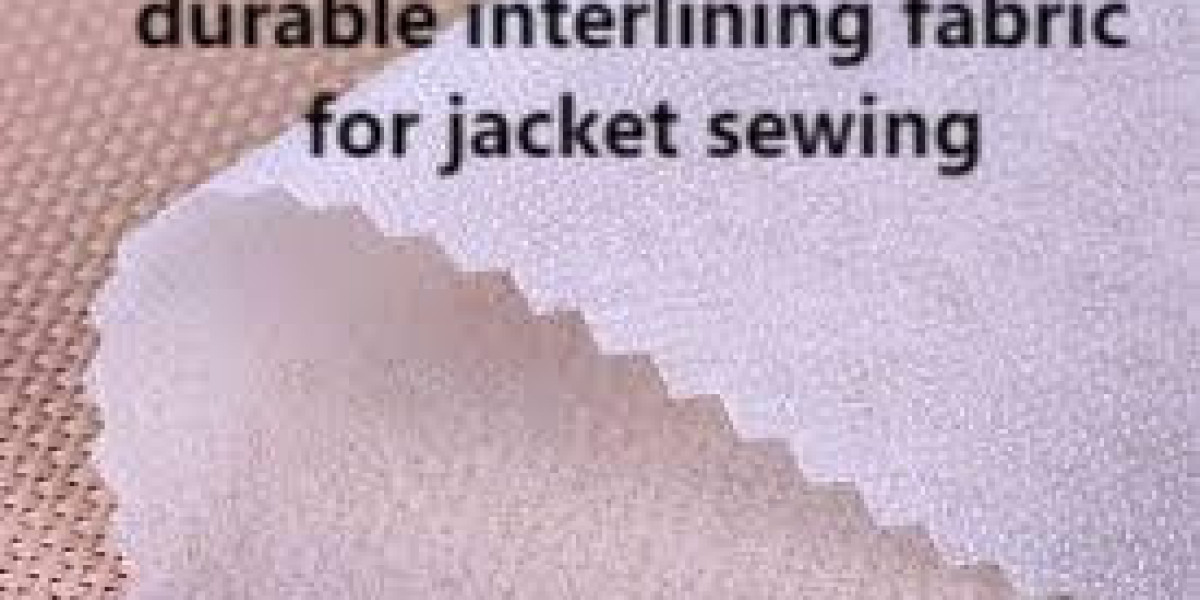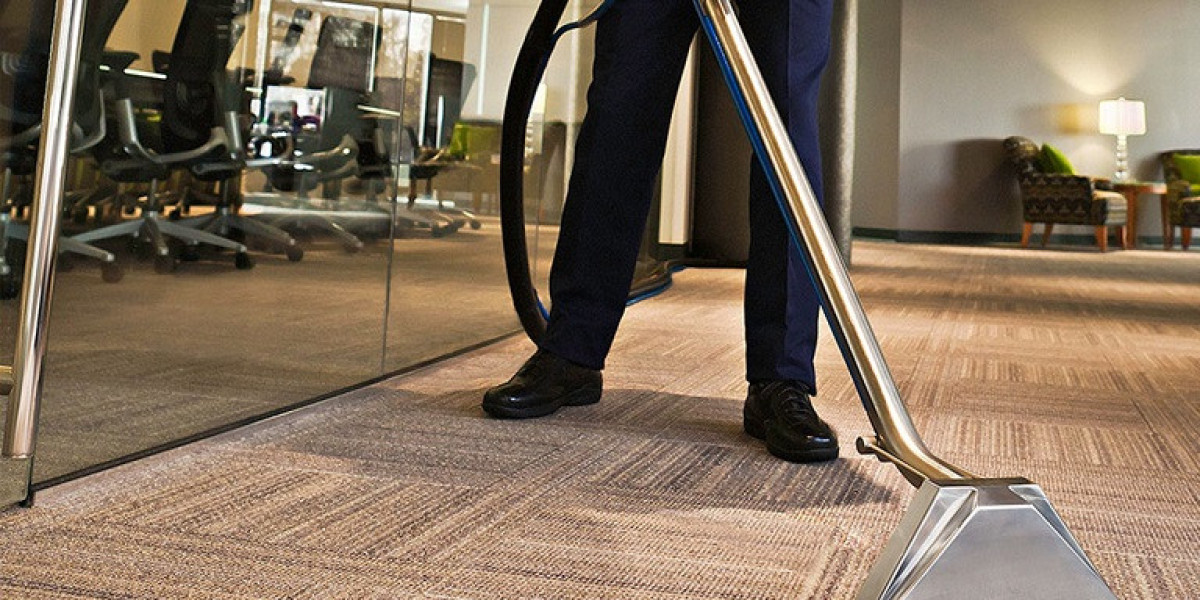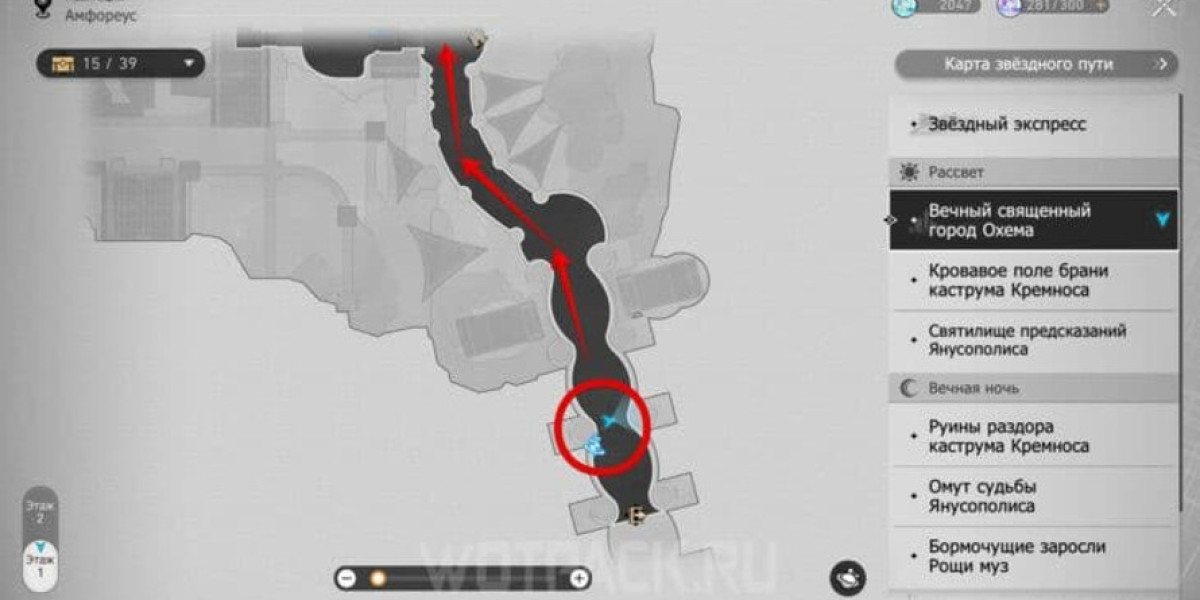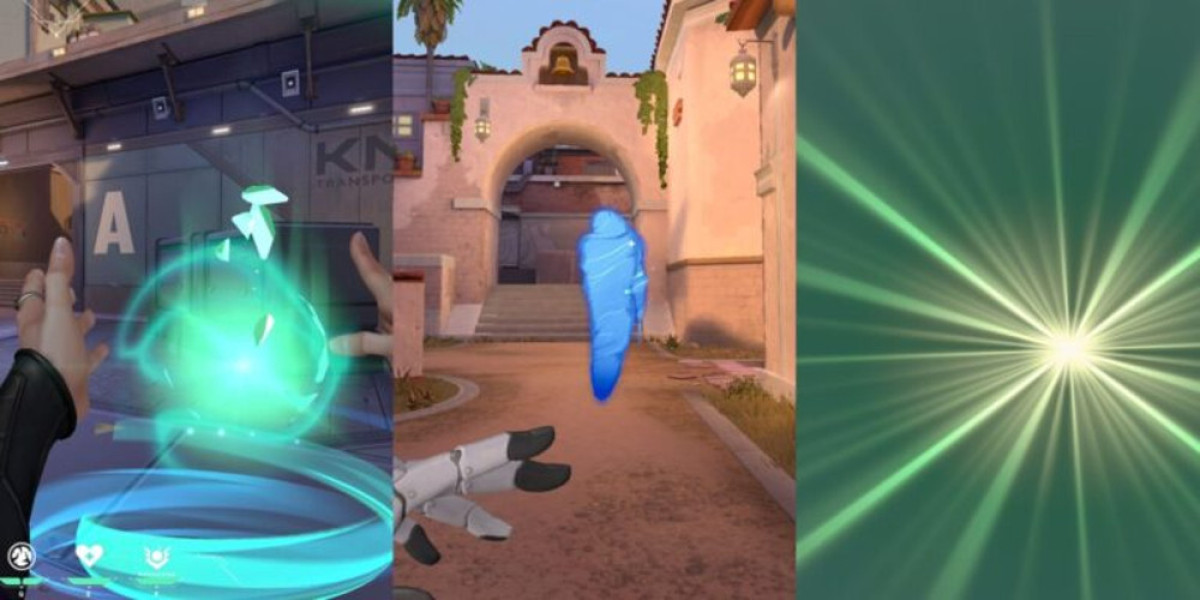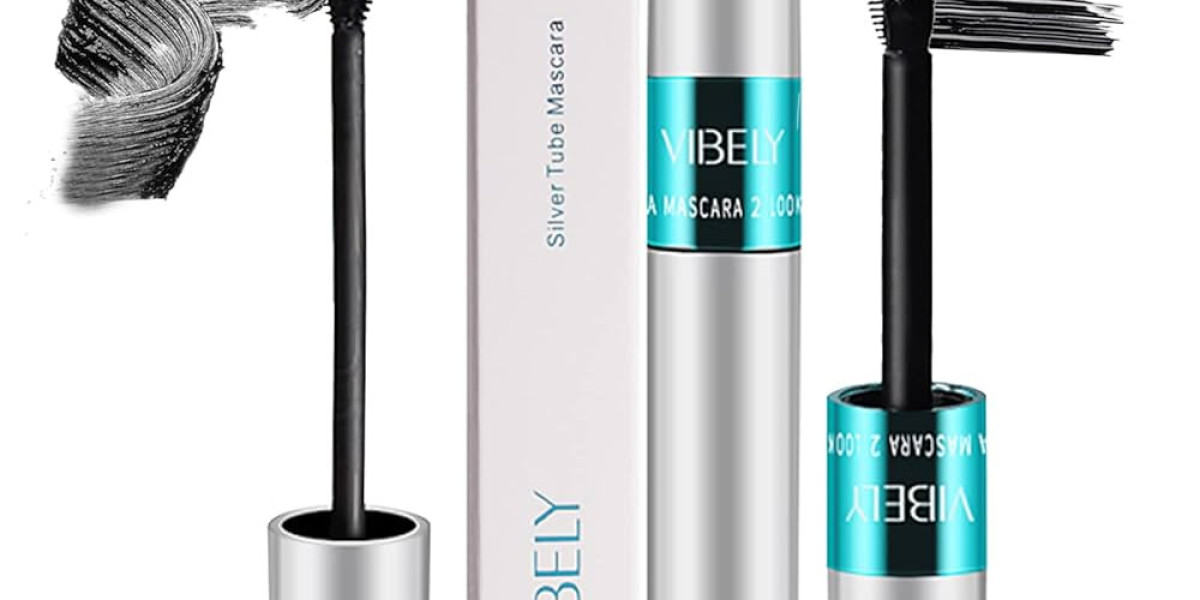A subtle yet influential layer placed between outer fabric and lining can profoundly affect how a garment performs, and choosing the right Interlining during sampling ensures the final piece meets design intent and end user expectations. Early evaluation helps teams confirm drape, edge control, and care response so production proceeds without costly rework.
Purpose and Placement
Support layers add targeted body where garments need it most while remaining unobtrusive elsewhere. They stabilize collars, reinforce buttonholes, and keep hems from stretching out of shape. Thoughtful placement means applying reinforcement only where it improves longevity and appearance, preserving comfort and preventing unnecessary bulk in areas where movement and drape matter.
Construction Types and Hand
Different constructions offer different tactile and mechanical responses. Woven structures provide crispness and dimensional control. Nonwoven options supply even support with minimal thickness, making them useful for lightweight garments. Knit constructions maintain stretch and breathe well when paired with flexible outer fabrics. Choosing the right base construction aligns the supporting layer with the garment’s intended hand and motion.
Fiber Choices and Thermal Behavior
Fiber content influences breathability, moisture management, and reaction to heat. Natural fibers often feel softer against the skin and can improve airflow. Synthetics typically offer stable dimensional performance and greater resistance to humidity and repeated laundering. Consider melting points and how press temperatures will affect both the supporting layer and the face fabric during finishing and care.
Attachment Methods and Production Flow
How the layer is secured affects both manufacturing speed and final feel. Heat-activated bonding accelerates assembly and reduces the need for added stitches, but demands precise pressing control. Sewn-in applications allow for delicate handling and high-end finishes but require more labor. Partial application targets reinforcement to specific areas, saving weight and preserving overall drape. Early trials help identify the best attachment approach for a given design and production setup.
Sampling Protocols That Reduce Risk
Prototype with full assemblies and run realistic wash and press cycles to detect shrinkage mismatches or bond weakening. Measure dimensional change after repeated care and pressing to quantify long-term behavior. Documenting results in technical files creates a repeatable reference for production and reduces the likelihood of surprises on the factory floor.
Detailing and Visual Impact
The supporting layer influences how seams, pleats, and folds read. Firmer inserts keep pleats sharp and collars standing as designed, while softer options yield a relaxed roll and gentler folds. Designers should always review fitted samples because two dimensional swatches do not reveal three dimensional movement or how a detail responds to wear and handling.
Maintenance Guidance and Consumer Care
Clear care instructions that reflect composite behavior help consumers keep garments looking their best. Recommend washing and pressing parameters that suit both outer fabric and internal layers. When care labels and consumer guidance align with material properties, garments retain shape and appearance longer, reducing returns and improving satisfaction.
Sustainability and End of Life
Selecting materials with recycled content, designing for repairability, and allowing for component separation at end of life all contribute to reduced environmental impact. Replaceable components extend garment life and reduce waste. Where possible, prefer attachment methods and substrates that support recycling streams or simpler disassembly for material recovery.
Supplier Collaboration and Documentation (Interlining-Factory)
Engage suppliers early to obtain swatches, test data, and guidance on pressing parameters. Clear specification packs that include pressing temperatures, allowable dimensional tolerances, and recommended care reduce ambiguity. Pilot runs validate behavior under real production conditions and help align expectations across design, sample, and production teams.
Final Recommendations and Resources
Early testing, clear documentation, and cross functional collaboration transform a small hidden layer into a decisive factor for garment success. Prioritize prototypes that replicate real care cycles and record outcomes to guide scaled production. For comprehensive technical reference and selection guidance visit https://www.interlining-factory.com/news/what-is-interlining-types-applications-and-more.html as you finalize material choices and prepare production samples.
